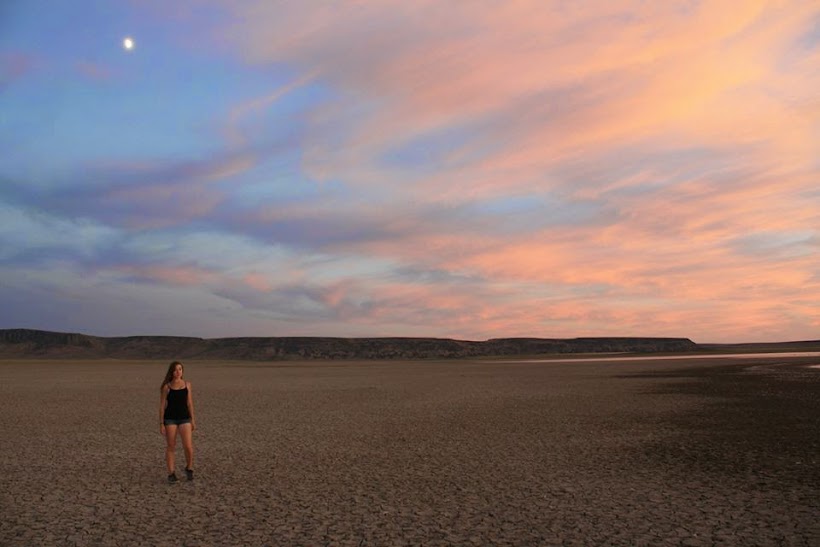An interesting way to look at death with a connection between Jesus and yoga:
"Nidrasana (Sanskrit nidra = “to lie down, to sleep”) is a fundamental yogic
posture. It is the position we take when we sleep. In fig. 7, Jesus appears laid in the tomb. In this posture the body is at rest and, like the energy lying in a seed, is preparing to come again to life. Death in this way can be understood as a form of sleep. Death is not a final destruction of the body but a condition in which the human vessel lies hidden for a while in the womb of mother earth. Yoga is concerned with rebirth, with a life force that is continually trying to renew the physical world."
posture. It is the position we take when we sleep. In fig. 7, Jesus appears laid in the tomb. In this posture the body is at rest and, like the energy lying in a seed, is preparing to come again to life. Death in this way can be understood as a form of sleep. Death is not a final destruction of the body but a condition in which the human vessel lies hidden for a while in the womb of mother earth. Yoga is concerned with rebirth, with a life force that is continually trying to renew the physical world."
Source:
Sahi, J. (2008). Yoga and the Wounded Heart. Religion & The Arts, 12(1-3), 42-76. doi:10.1163/156852908X270926
Sahi, J. (2008). Yoga and the Wounded Heart. Religion & The Arts, 12(1-3), 42-76. doi:10.1163/156852908X270926
*Note: Nidrasana is more the savasana lay down for yoga nidra meditation, at least in my interpretation.
